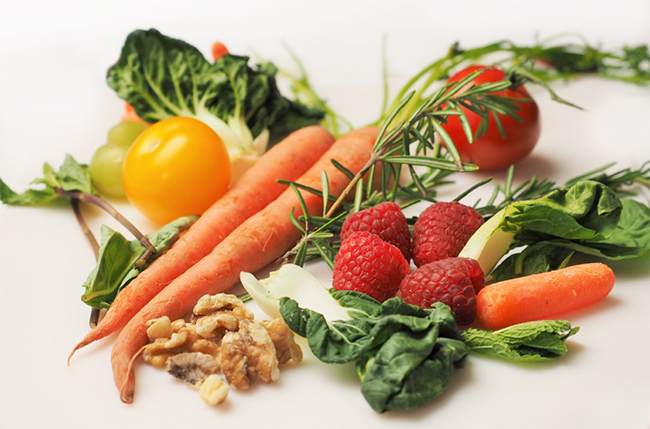
Source: Farm To Table: An Emerging Menu Trend
Eating locally grown food is safer, healthier, supports the local economy and – let’s admit it – also tastes a lot better! People often choose to eat food that tastes delicious because of the satisfying experience, but it is important to consume healthy food in order to live your best life. Remote parts of Indian Country create great challenges for many families to gain access to healthy fruits and vegetables because they are located far from major retail chains and markets. Diabetes, food scarcity, and obesity have become epidemics in many Native American communities, especially among youth.
Today, most food available in Indian countries are brought on trucks. As a result, many tribes are located in “food deserts.” Food deserts are locations without ready access to healthy, affordable, and fresh food. Advocates believe preserved food prepared for shipping often lose nutritional integrity. Food that is stored for long periods of time does not contain the same nutrients as fresh fruits and vegetables that are grown closer to home. All fruits and vegetables steadily lose vitamins while in storage, even at optimal temperatures. Lettuce loses 46% of some key nutrients within seven days of cold storage. Spinach loses 22% of lutein and 18% of beta carotene content after just eight days of cold storage. Menuism from the Huffington Post states; "The average travel time for the 16 most common fruits and vegetables is just under 1,500 miles."
The farm-to-table movement is centered around eating seasonal food, based on what is available locally at peak harvest, and avoiding nutrient loss.
Tribal communities are determined to regain food sovereignty. For many years, Native American communities flourished in self-sustainability. One tradition that still lives on for some Native American youth in early spring is to gather maple syrup in a sugar bush. This special tradition allows tribal youth to learn more about traditions while learning about plant science. Eating traditional food is a way to heal communities and reclaim the culture.
Eating is a major part of life and what we choose to place in our bodies should matter most. So, does it matter what we eat? The answer is YES!
What can you do to ensure you are getting the freshest foods?
- View the food menu before choosing a restaurant
- Shop at your local farmers’ market
- Start to think globally and source locally by supporting local farmers
5 Benefits of Eating Locally Grown Food
- Fresher taste
- Highly nutritious
- Chemical-free
- Safer
- Healthy for the environment
Do you have a story idea for us? Do you want to submit a guest blog? If it's about equity, diversity, or inclusion, please submit to edi.stories@nih.gov.
For news, updates, and videos, follow or subscribe to EDI on: Twitter, Instagram, Blog, YouTube.






